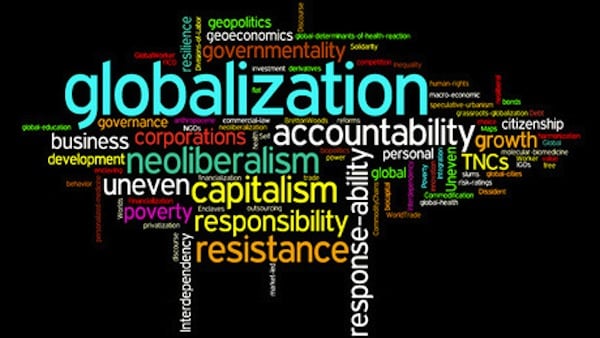
For a while globalisation was considered to be the same as Americanisation. The hyperpower, including its consumers, benefitted the most from the process, although many others did so too. However, the emergence of China, especially, turned the tables. Despite US influence, even culturally, continuing to grow and still dominating the financial world, for the past few years no one has equated globalisation with Americanisation any longer. This is even truer following the recent crisis that have led to the advent of the emergent countries. Nevertheless, the US now appears to be regaining lost ground thanks to a re-industrialisation that no one expected even five years ago. A growing part of the industry that re-located to other countries in search of cheaper labour costs is returning to the US, thereby answering a question posed in 2011 by Barack Obama to Steve Jobs at an official dinner: ‘What would it take to make iPhones in the US?’, ‘why can’t that work come home?’. ‘Those jobs aren’t coming back’, replied the spirit behind Apple. And yet they are coming back. Even Apple is committed to the return.
The secret is labour costs, robotics and energy; plus flexibility and dynamism. The US currently has one of the lowest labour costs in the industrialised world. Although they have risen since the Great Recession, in the manufacturing sector they have declined by 6.2%. In 2011, in the wake of Obama’s question, the Boston Consulting Group significantly titled a study Made in America Again. According to new research released some weeks ago, the US now has the lowest labour costs among the leading exporters of the developed world. Manufacturing-net indicates that China’s advantage over the US in this respect has dropped a unit labour cost of US$17.10 in 2006 to only US$9.20 in 2014, with a further drop to US$6.90 expected for next year. In part this is because US productivity has grown markedly with real wages remaining unchanged, while they are steadily rising in China. The drawback is that this is undermining the American middle class.
In addition, the US has one of the lowest energy costs thanks to the domestic shale oil and gas revolution, whose prices vary according to the proximity to the source. According to the Federal Reserve, this energy advantage has boosted manufacturing output by 3% since 2006, while investment increased by 10% and employment by 2%.
Investments of €500 billion are expected in manufacturing in the US in the year 2014. The sector’s unemployment rate has fallen to 5.2%, compared with 6.2% in the economy as a whole. Industrial employment is growing, and if it does not do so even faster it is because new industries now have a much higher degree of automation and require less human hands. China, incidentally, is also robotising. And technologies requiring less employees, such as 3D printing, may bring production closer to the consumers, of which there are still many in rich countries, thus saving in transport costs.
The US has also regained ground in international trade. In 2013 it exported goods and services worth US$2.3 trillion, which accounted for over 11 million quality jobs. Meanwhile, global foreign investment has not returned to its high of US$2 trillion in 2007, although it is on its way –unless the ‘new mediocrity’ spoken of by the IMF’s Christine Lagarde becomes a permanent fixture–. Nevertheless, according to recent IMF data, 40% of FDI continues to go to China. The hypothetical ‘alternative G7’ (Brazil, Russia and India, plus Mexico, Indonesia and Turkey) now weigh more in economic terms than the traditional G7 (the US, Japan, Germany, France, Italy, the UK and Canada). In purchasing power parity, the former’s total GDP amounts to US$37.8 trillion, while that of the official G7 only adds up to US$34.5 billion. In 1988 the G7 accounted for two-thirds of global GDP. In 2010 it represented less than half. In this scenario, the danger for Europe –with its expensive energy, insufficient productivity in certain countries and sectors, and lower dynamism– is that it should stagnate and lose ground. For if globalisation may have re-Americanised somewhat, it has certainly not re-Europeanised.


